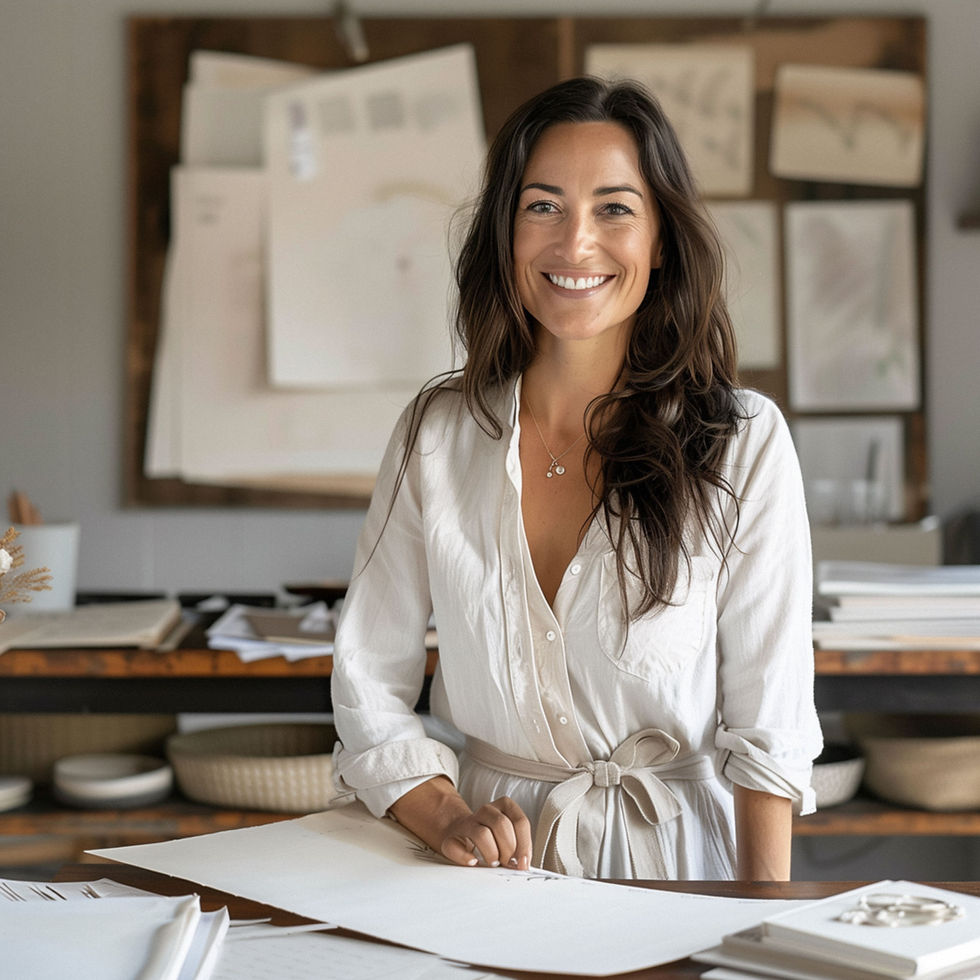Exploring the Role of Mixed Media Rendering in Visual Communication for Architecture Students
- Architect Dennis

- 4 days ago
- 3 min read
In today's fast-paced architectural landscape, mixed media rendering has become essential for architecture students. It blends traditional artistic techniques with modern digital tools, allowing students to express their ideas more effectively. This innovative approach not only enhances the appeal of their designs but also deepens their understanding of the architectural concepts they're conveying. The ability to mix different media helps shape a narrative around their projects, making their work stand out.

Understanding Mixed Media Rendering
Mixed media rendering involves combining various artistic materials and techniques to produce a distinctive visual result. Architecture students often blend traditional tools like pencils, watercolors, and ink with digital software, including Photoshop and 3D modeling applications. This approach enables them to create rich, dynamic representations of their architectural visions.
For example, a student might start with a hand-drawn plan using graphite, then layer various watercolors to depict the environment's ambiance. Adding digital elements can enhance this composition, allowing for shadows and highlights not easily achieved with traditional methods alone. When students experiment with materials, they develop unique representations that showcase their personal artistic style while improving their communication of architectural ideas.

Applications Media Rendering in Visual Communication for Architecture Students
Mixed media rendering significantly impacts architecture students' portfolios. It provides a platform for greater creativity and innovation, encouraging students to look beyond typical renderings. For instance, a project showcasing a community center’s design could incorporate vibrant watercolors to express the building's inviting nature. In contrast, digital tools might be used to render precise floor plans that clearly detail the layout and functionalities of the space.
According to a study conducted by the Association of Collegiate Schools of Architecture, students who utilized mixed media techniques reported a 70% improvement in their ability to effectively convey design concepts compared to those who relied solely on digital renderings. This statistic highlights the power of mixed media in fostering clearer communication and deeper engagement with design.

Collaboration and Feedback
Collaboration thrives in environments where mixed media rendering is utilized. When architecture students share their work, they can provide feedback rooted in diverse media choices. This variety enriches peer discussions, leading to innovative breakthroughs that refine individual styles and strengthen collective design approaches.
Consider a group project where students present their mixed media renderings of a park redesign. As they critique each other's work, they learn from the different techniques used and the various ways ideas are visually communicated. Such discussions provide a platform for students to expand their creative approaches and improve their visual storytelling skills.

Embracing Mixed Media for Future Projects
Mixed media rendering is vital for architecture students, linking artistic vision with effective visual communication. It encourages exploration and challenges traditional representation methods. As students progress in their careers, they will increasingly need to communicate complex ideas clearly and engagingly. By embracing mixed media techniques, they can hone their skills and tell compelling stories with their designs.
As you embark on your architectural journey, consider how mixed media can enhance your creative process. Experiment with different materials and techniques to develop a unique approach that resonates with your artistic voice. With mixed media rendering, the possibilities are endless, and the impact of your work may depend on the engaging stories you tell through this dynamic art form.

Learn more related topics from our well curated reference. Head over to our Resource Page





Comments